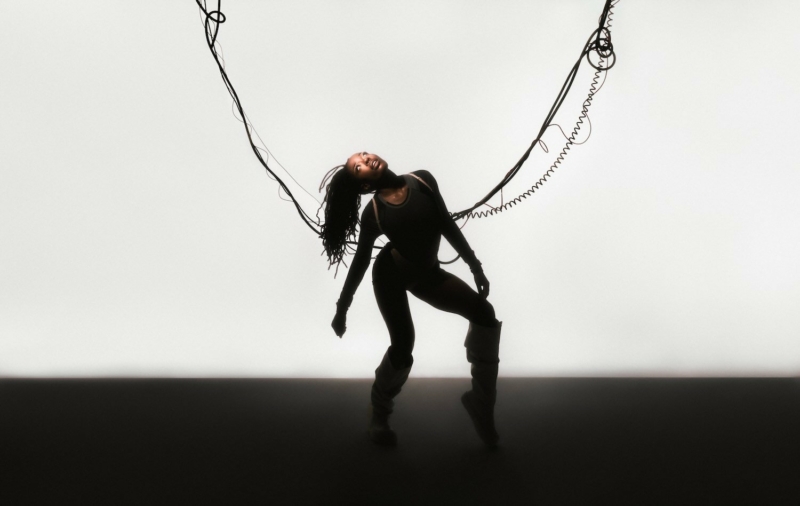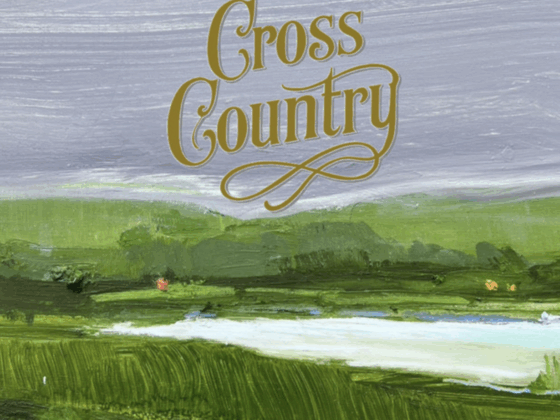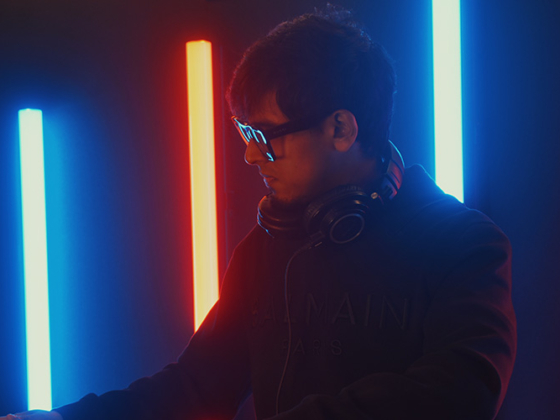Three years after Natural Brown Prom Queen gained world critical acclaim, Sudan Archives—the stage name of violinist, vocalist, and producer Brittney Parks—returns with the highly anticipated album THE BPM, out on October 17, 2025 on Stones Throw Records. It's not another album; it's a 53-minute declaration on what happens when an already lauded artist for going against the rules decides the violation itself needs to be shifted.
Parks grew up between Cincinnati, Chicago, and Detroit—cities whose DNA are dance music. Rather than seeing this heritage as constraint, she's alchemized it into something that pays homage to tradition but ruins expectations. The album was created out of compulsion: Parks needed fast-paced material to enable her to sweat on stage. What started off as practical exigence transformed into artistic re-imaginings. The development is evident from the very first song "DEAD," where Parks' violin takes on almost electronic tone. It's a declaration of purpose that THE BPM has to fulfill: literally, since the title suggests focus on pace, rhythm, and movement. During these fifteen songs, Parks provides relentless energy without ever faltering. That's the magic: how to press and when to provide temporary respite before the next onslaught.
Parks reveals a new character here—"Gadget Girl," marking her connection with technology as "self-made and self-contained." Not gimmickry, but conceptual foundation. The album explores how humans connect with technology without ever straying from deeply human emotions. On "David & Goliath," Parks channels the biblical myth through contemporary club production, screaming "I found a way to travel to you / Even when we're not in sync / I'm going to find my way back to you" over vocodered trap-bass breakbeats.
"Los Cinci" illustrates Parks' evolution perfectly. She admits "Yeah I'm done with people pleasing so / I’m mean right now / Crazy when you leave to come back noticing whatever’s changed”. Her violin playing here, fine yet persistent, exemplifies that she has not abandoned the instrument that originally defined her sound. Instead, she's added it to production environments where most would never be courageous enough to incorporate classical instrumentation.
"Yea Yea Yea" is uncut Jersey club energy, not evidence of Parks' predilection for embracing specific regional sounds at the cost of becoming pastiche. The beats do not die off over these 53 minutes, but Parks is aware that "non-stop" does not mean "monotonous." She shifts texture, shifts rhythmic patterns, and includes surprise factors just when ears can be primed to anticipate formulaic repetition.
Recording involved much family collaboration—Parks recorded with her twin sister Catherine, cousin Taylor Henderson, and cousin's husband Eric Terhune in Detroit. In Chicago, she contracted D-Composed, an African American string ensemble, spending a day recording parts that appear on more than half the album. Parks taught the classically-trained musicians in a percussive string technique they came to refer to as the "Sudan flick" during those sessions.
"Touch Me" has Parks singing exclusively in falsetto over tough beats, and the subject matter of freedom and enjoyment for tracks that refuse to be sanitized for mass consumption. Her assertion in dealing with adult life without shyness or unnecessary provocation is a sign of true artistic maturity. Throught the airy vocals, we hear her singing "Ketamine and LSD complements my body / Play with me".
The production throughout THE BPM uses golden-era techno influence but is genuinely of the times. Parks understands how to distinguish between an homage and a throwback. On "She's Got Pain," her violin enters the song late, delivering mesmerizing synthesis of chopped vocals, missed beats, and near-folksy string motifs.
What distinguishes this album from the typical dance music fare is vulnerability. Parks charts the ends of relationships and beginning single freedom, repeatedly finding smart ways to describe both states. She's not just moving bodies; she's negotiating real emotional complexity through club-friendly production. That combination—intellectual reach coupled with physical impact—removes THE BPM from genre exercise and into the realm of something like requirement.
The closing track blurs choruses and verses together purposefully, creating flow that feels improvisational in a manner evoking jazz's best practitioners. Parks brings the album full circle to the place it started out, alluding again to identity, family, love, and transformation. It's sweeping declaration and close admission at once, showing she can play several scales simultaneously. The risk-taking in this instance is worth highlighting.
Parks might have produced another album of violin-centric innovative R&B and placated current listeners entirely. But she opted to venture into space where she would require new techniques, new collaborators, and new strategies. That's the hallmark of great artists—minding to bet established success on untested vision. Parks' technical ability as multi-instrumentalist, producer, and singer has always existed. THE BPM shows that she has similarly strong conceptual idea and execution. The album covers mental illness, self-love, technology, romance, and heartbreak without ever feeling like list of Important Themes. These themes emanate organically from Parks' actual experiences and observations.
Comparison to R&B's oldest established players might be premature, but THE BPM provokes such discussion. She's created something here that sits proudly alongside the best of the genre's work in recent years on her own terms. This is not a person copying blueprints; this is an artist confident enough with her ability to realize radically ambitious ideas. THE BPM confirms Sudan Archives as one of the most essential voices of contemporary music. Whether this record sweeps up chart real estate is ancillary to its artistic success: Parks has composed a dance floor bible that demands and handsomely repays body and mind labor, demonstrating they don't have to be at odds.









